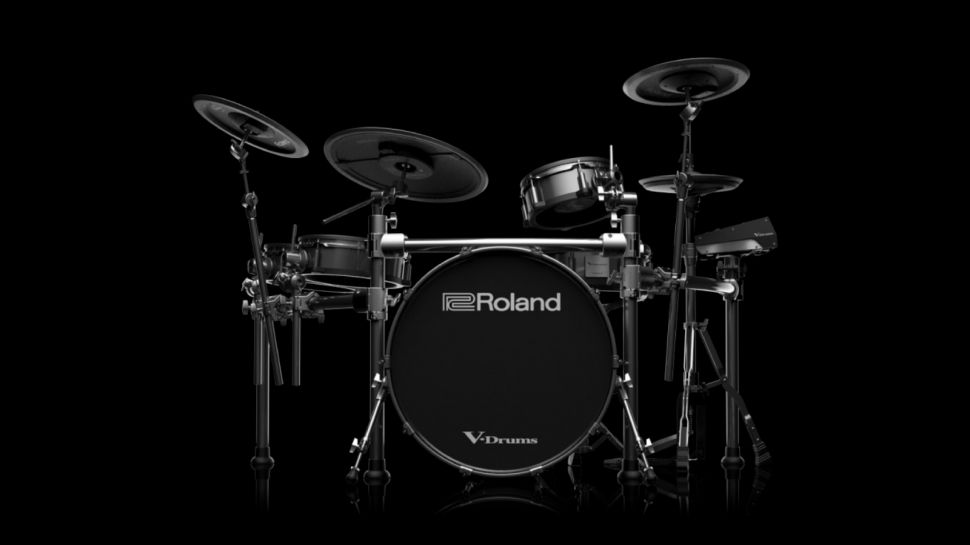21 budget drum kit and drumming hacks
Inject new life into your gear and playing without handing over your life's savings
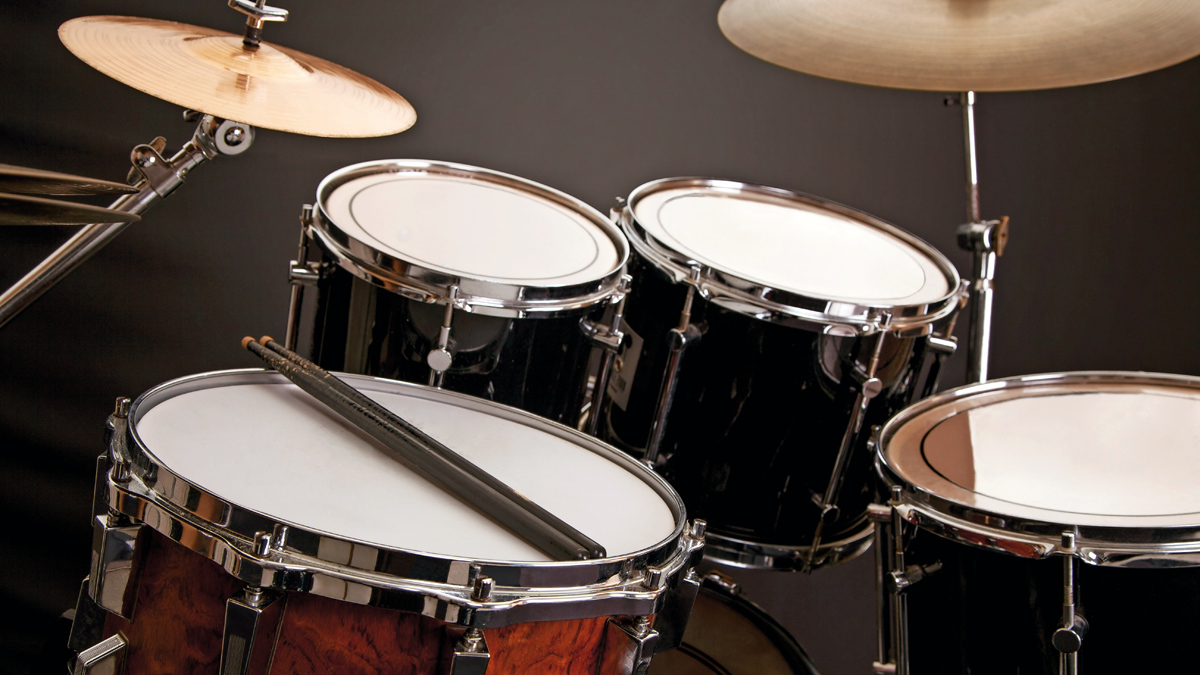
Revive your setup
It’s fair to say that being a drummer doesn’t come cheap, and even getting close to your dream setup can be an expensive, long and frustrating quest. Perhaps if we'd been warned about this unquenchable thirst for expensive shiny things, we would have thought twice about picking up our first pair of sticks.
We’re joking, of course, but with the cost of living on the rise, holding off from replacing your drum kit every time you fancy a change is a prudent move. But what can you do when you grow tired of the same setup and your playing becomes stagnant as a result?
It’s completely possible to add a fresh spin to your seen-better-days gear without breaking the bank, and to supercharge your playing in the process. Here are 21 simple tips, tweaks and hacks to open up extra dimensions in your sound and playing without having to sell the family silver…
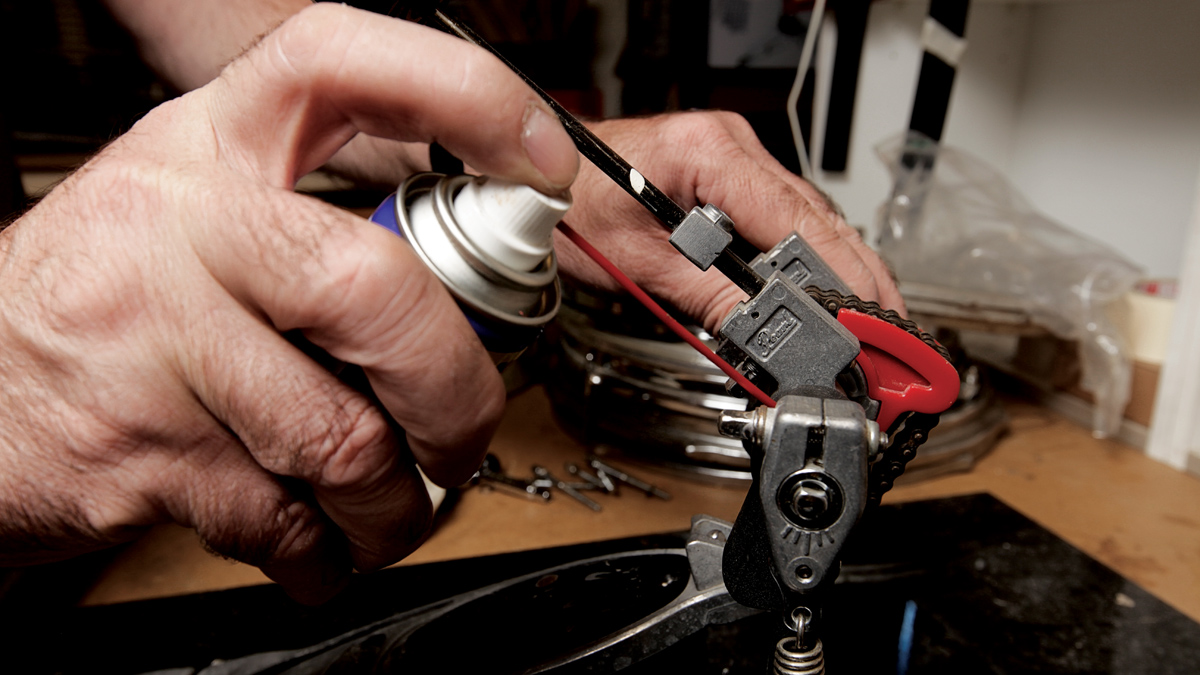
1. Revitalise your hardware
MOT your gear! Keeping your hardware in good condition will not only keep it looking good but also make it last longer. Replacing worn tension rods, lugs and washers is important for both tuning and playability. You’ll feel like you’re playing a brand new kit again.
So, what are you waiting for? Get yourself a bottle of hardware cleaner, a squirt of WD-40, a cloth and some good old-fashioned elbow-grease and get to work! Why not try giving rusty parts a good soak in white vinegar to bring them back to their former glory?
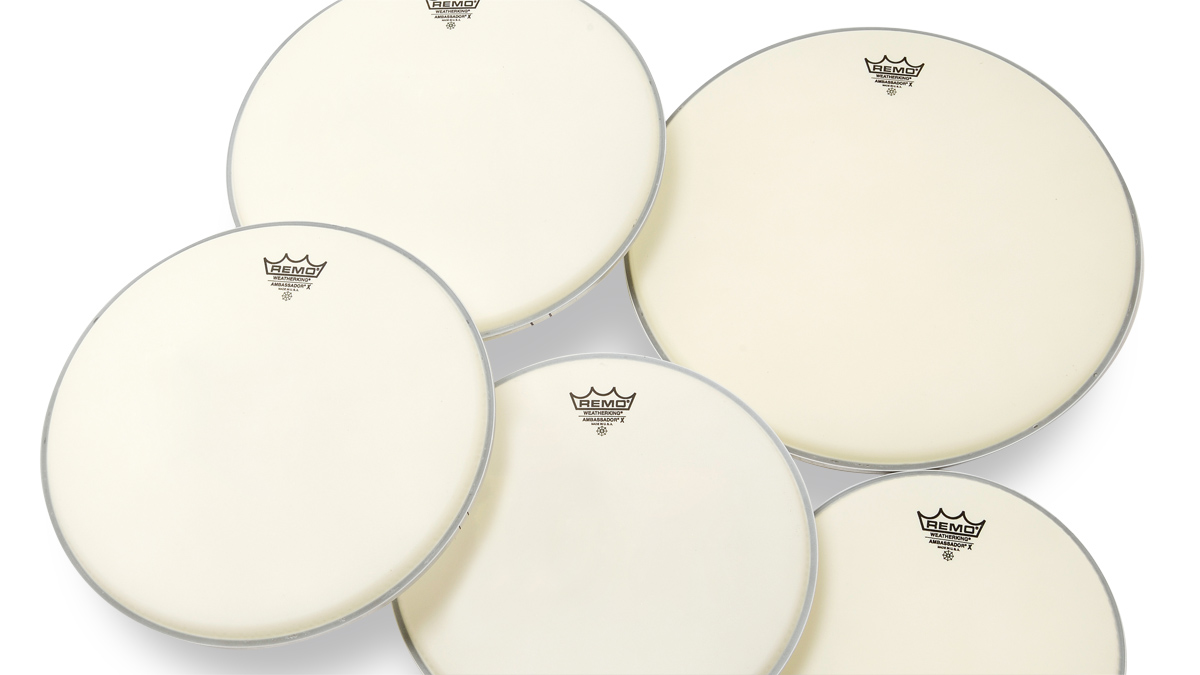
2. Experiment with different heads
Replacing your drum heads will give a new lease of life to your kit, making it sound fresh. There are a wealth of varieties that give us an incredible amount of choice when it comes to tailoring our sound, the main choices being single vs double ply and clear vs coated.
As a rule, the thicker the drum head, the shorter the sustain. Really thick heads (like a Remo Pinstripe) are great for rock and metal, whereas a thinner head (like a Remo Ambassador) will give you a much more open sound and as a result is often used for jazz.
The bottom heads (or resonant heads) are generally much thinner than the top (batter), but it can be rewarding to try different combinations on both top and bottom. You could even lose the bottom head entirely for a classic ’70s-style concert-tom sound, Phil Collins style!
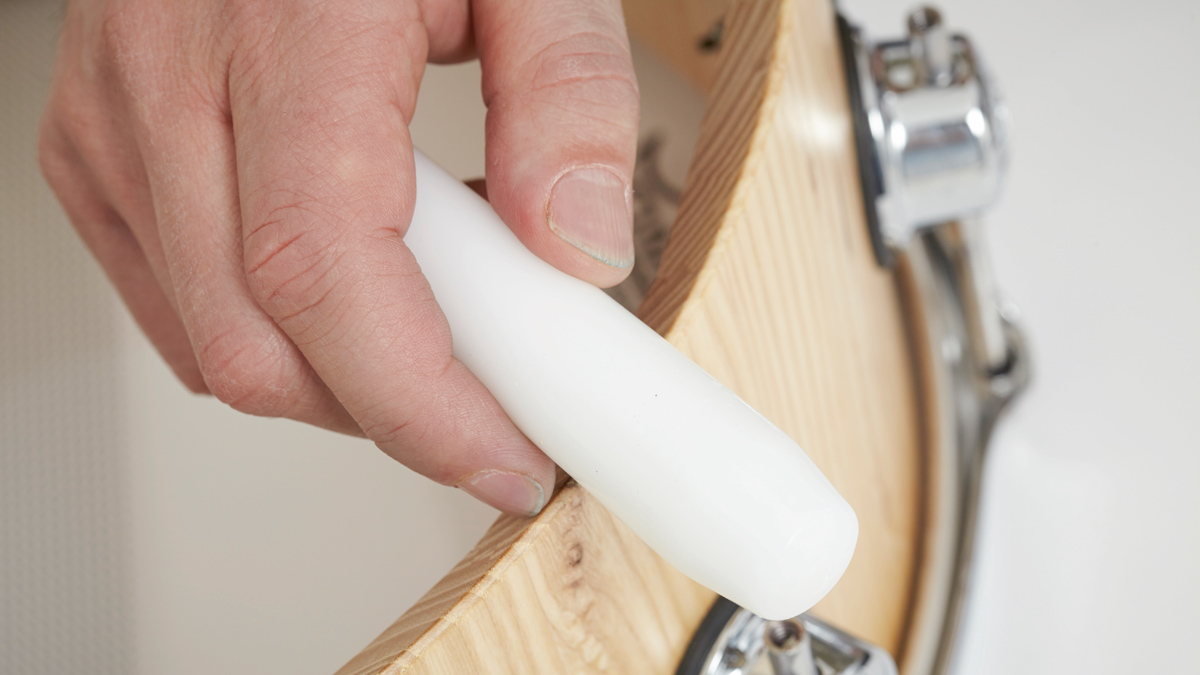
3. Treat your bearing edges
The bearing edge is the part of the shell that comes into contact with the head and upon which the head is ‘seated’. These can be cut to different angles and thicknesses to give a different tonality and/or resonance to the drum. It’s wise to have these re-cut professionally to avoid damage to your precious drum, although they can also be sanded back to great effect.
You could also try rubbing wax (beeswax or paraffin wax is best) into the bearing edge when changing the heads. This fills pores in the wood and lubricates the contact between the shell and drum head. This will help it seat more evenly and should also make tuning easier.
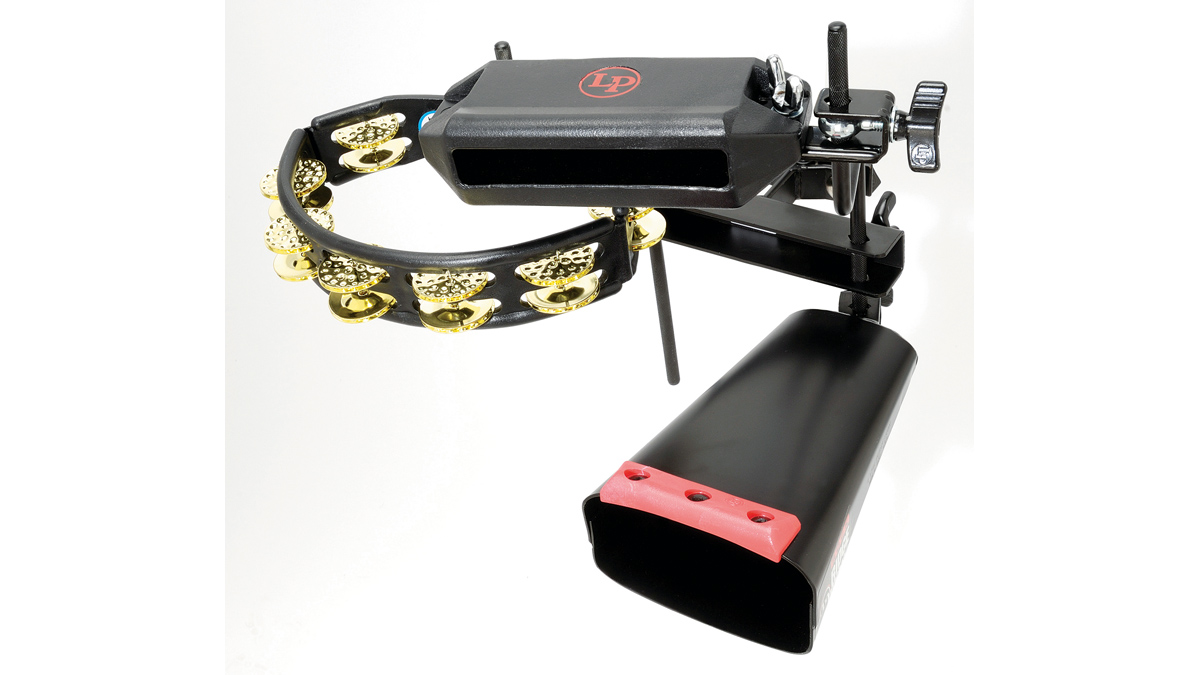
4. Add some percussion to your setup
Adding extra elements to your setup can make a huge difference to your playing in terms of inspiration and orchestration of ideas. These elements could include percussion instruments such as cowbells, tambourines, woodblocks or even a side snare, mini timbale set, roto toms, octobans or bongos. You name it!
Percussion brackets can be purchased (like the LP Gajate bracket) which allow a bass pedal to connect to any percussion instrument of your choosing. This can open up your limb independence to a whole new level. Left-foot clave anyone?
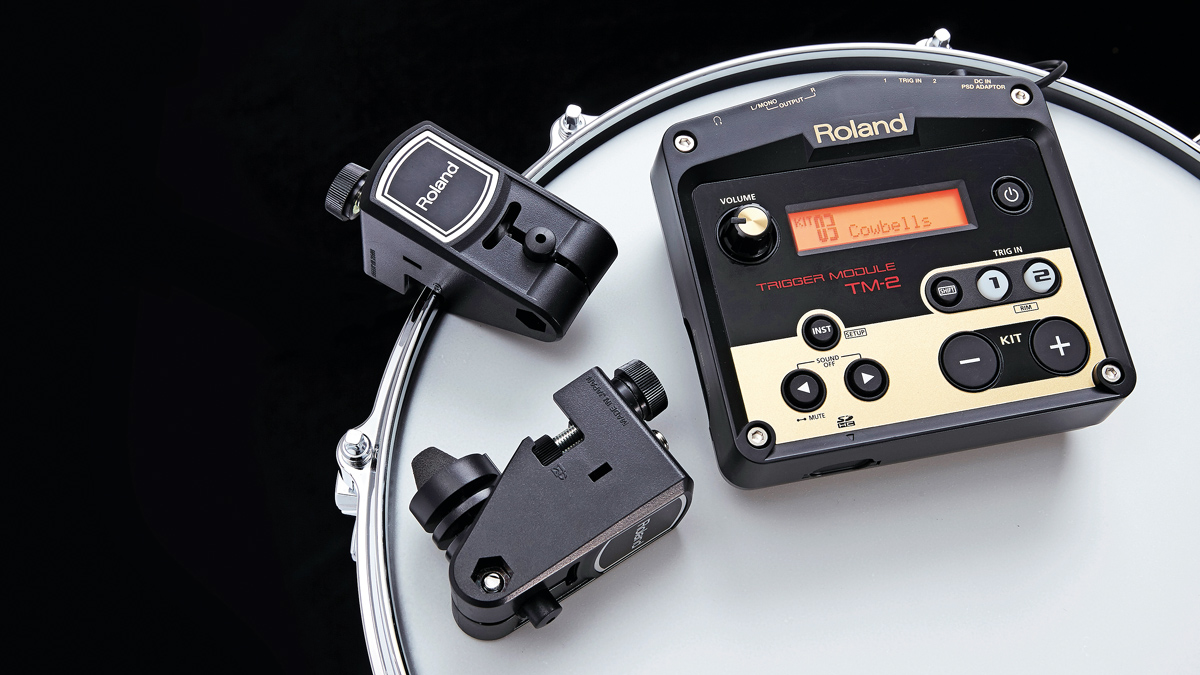
5. Experiment with electronics
Since the popularity of the Simmons electronic drums in the ’80s, trigger pads have been commonplace in the industry, through many genres. This trend of adding external triggers to your existing set-up to create a ‘hybrid kit’ has now become a necessity for almost anyone working as a pro drummer.
The good news is that these triggers are cheaper than you may expect and will unlock a world of potential in both your kit and your playing. There's no need to go out and buy a huge e-kit as there are much smaller and cheaper modules available, designed specifically for hybrid setups. Small triggers can be added to acoustic drums for layered sounds or separate pads could give you extra percussion sounds, sub-drops, loops, or absolutely anything else you can think of.
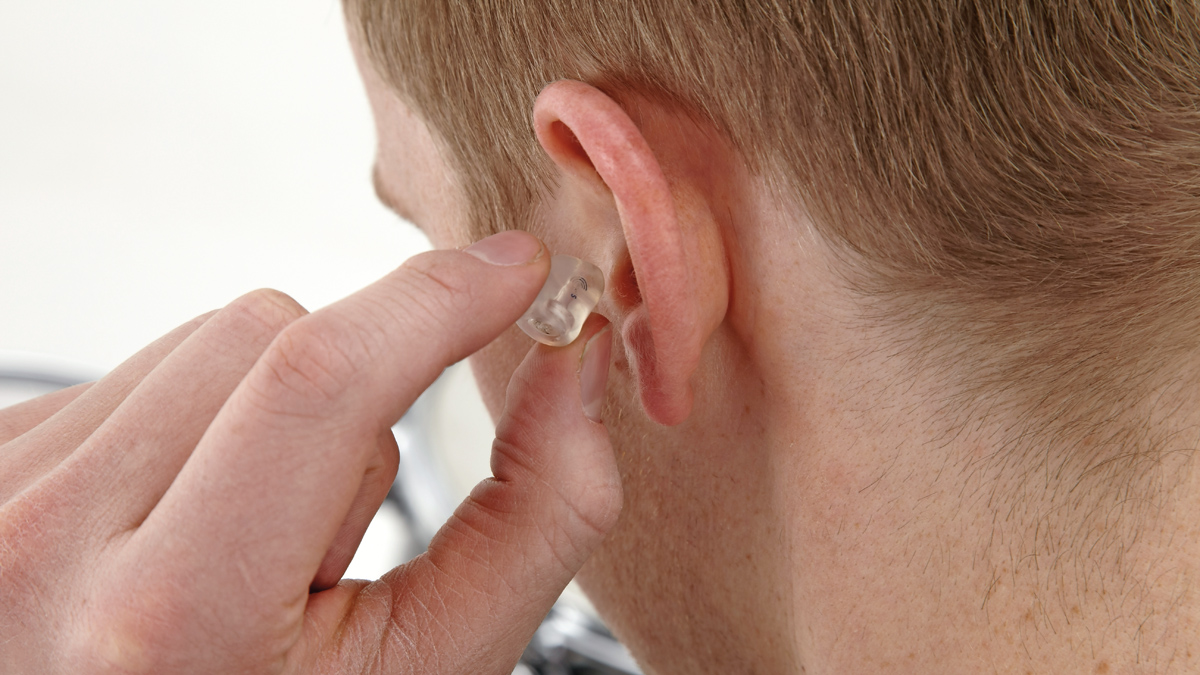
6. Get some hearing protection
The right hearing protection will not only reduce the risk of tinnitus and other hearing problems, but will also filter sound frequencies to give you a more pleasing sound from your kit.
A good pair of closed-back headphones will block out higher frequencies and can even give the effect of boosting bass frequencies (try a pair of Beyer DT100s or Vic Firth Stereo Isolation Headphones). Custom moulded earplugs or IEMs (in-ear monitors) will also bring the best out of your drum sound, but for a higher cost.
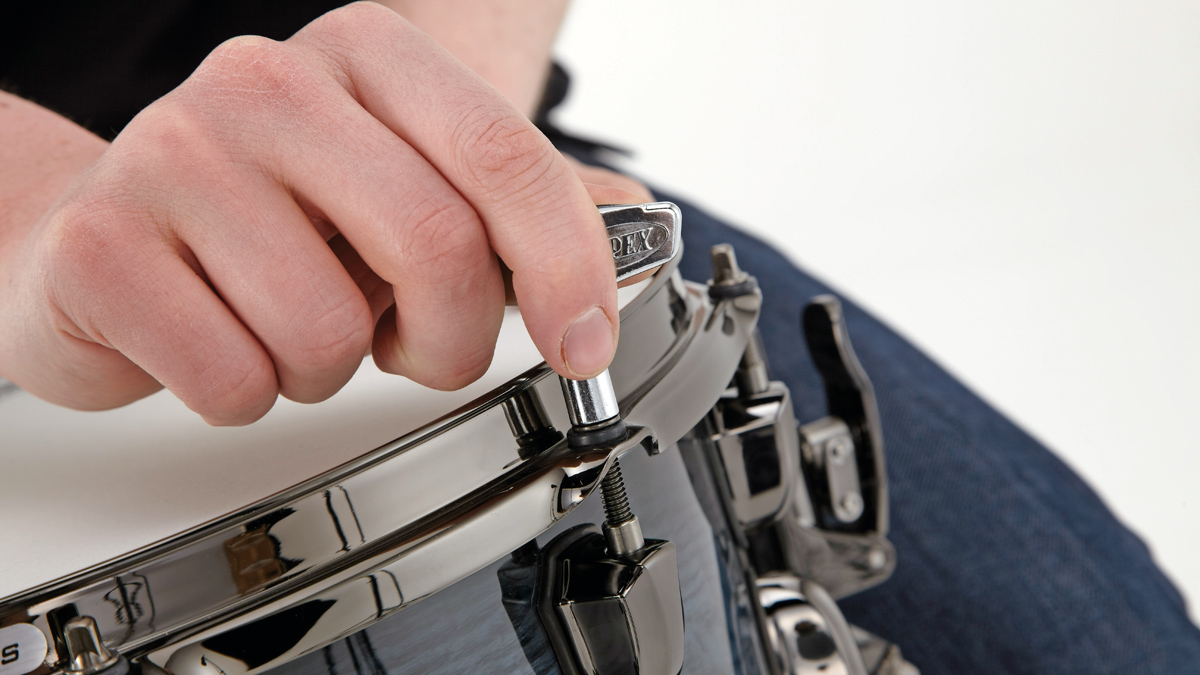
7. Learn to tune your drums well
Most drummers hate tuning. It can be difficult, but just like your playing it takes practice and patience to master.
Try not to get too hung up on it and spend hours trying to make your kit sound like your favourite drummer’s. What you hear when you listen to them on record is a super-polished and produced drum sound, impossible to replicate to the naked ear.
For a medium tuning, take the resonant head up quite high (ensuring an even tuning across the head), then start with the batter head finger-tight and tune up evenly a very small amount at a time until you reach your desired pitch.
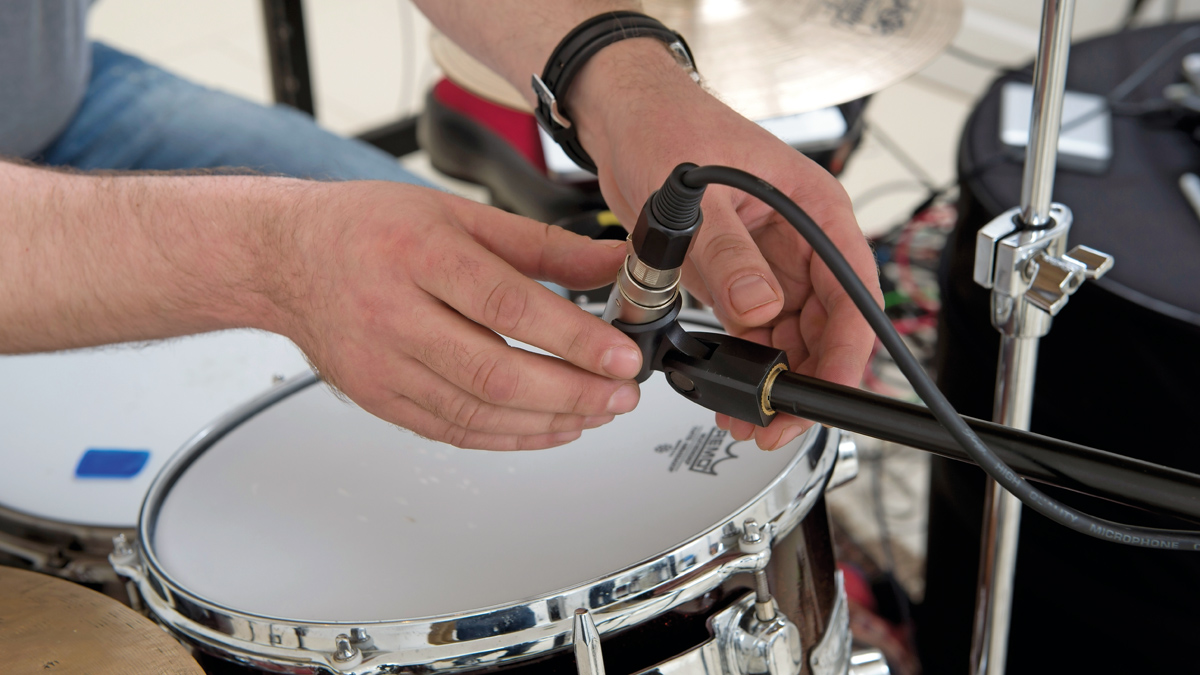
8. Pick up a set of drum mics
A budget set of drum mics won’t break the bank but will give you greater ability to alter the sound of your kit. There's no need for a fancy studio - just a few mics and a small mixer or PA will do.
Using a pair of headphones you will be able to EQ your drums and add effects such as reverb and delay, providing hours of fun and inspiration. And that’s before you’ve even pressed record! If you don’t have the funds to pay for expensive recording software such as Logic or Pro Tools, Audacity is a free alternative that will have you recording to a click track or your favourite songs in no time.
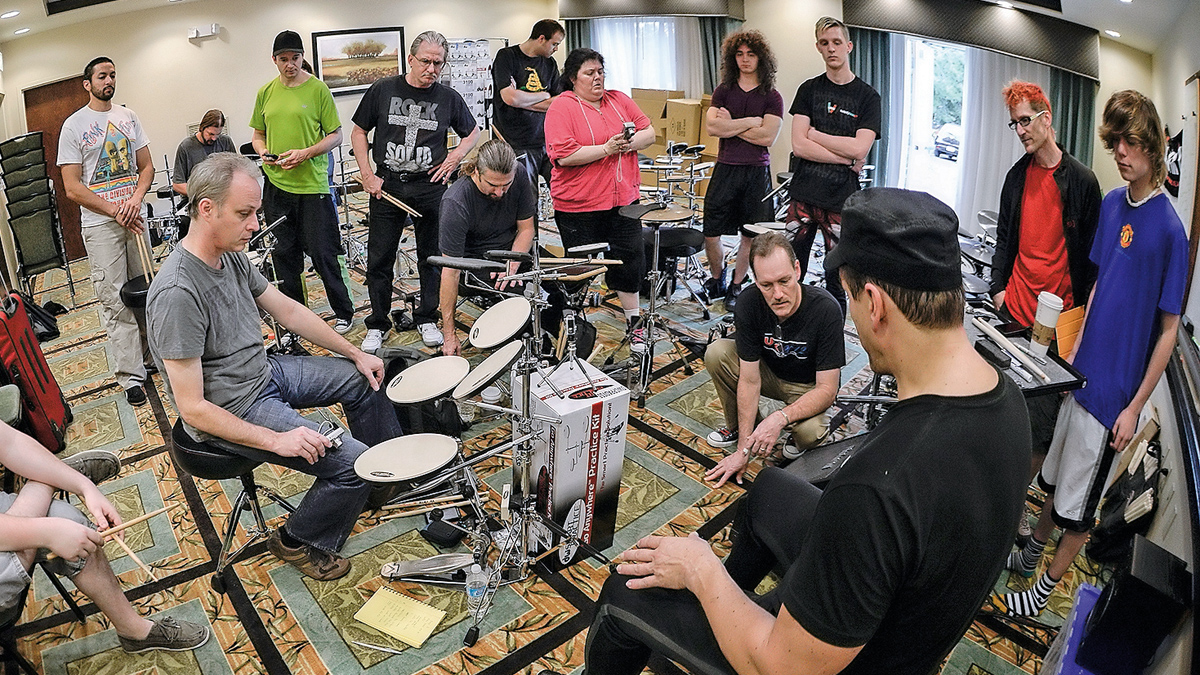
9. Take a lesson
Sometimes, it’s not the kit, but the player. A couple of lessons from the right teacher could not only inspire new musical ideas, but also allow you to draw the best sound from your drums.
There are many facets of both hand and foot technique that can be used to achieve the most suitable sound for any given musical situation. For instance, heel up vs heel down on the bass pedal for dynamic range. Also, your grip can have a noticeable affect on the ‘weight’ of a note.
Think also about the position in which you strike the drum or cymbal. Do you hit your snare dead centre? Slightly off to one side? Are you playing a rim-shot? These choices allow you to tailor your sound and create different tonalities without even reaching for the tuning key.
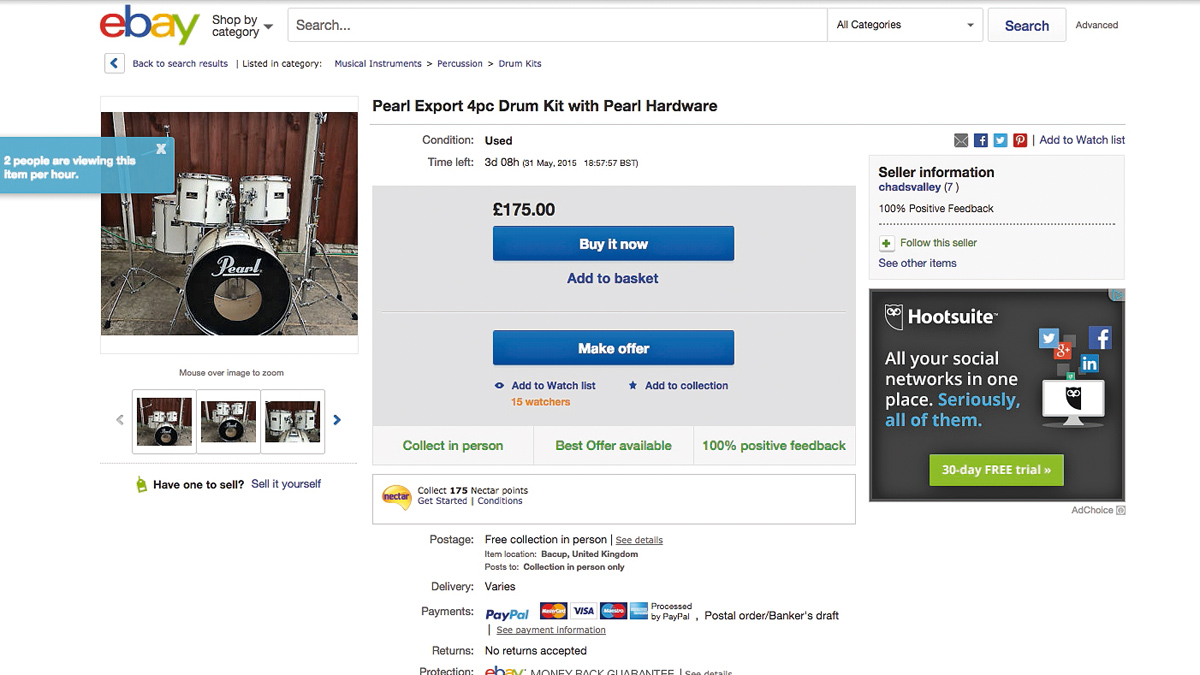
10. Trade your gear
Swap an old snare for a mate’s old ride, or part-ex that dusty old Pearl Export at your local music store.
The beauty with drums is, unless they’ve really been neglected, they’ll sound as good now as they did out of the box. A bit of TLC and some new heads and you’re ready to go at a fraction of the cost of a new kit.
Be careful when buying second-hand cymbals, though, as they could easily be damaged or weakened from years of abuse. Look very carefully over the whole cymbal for hairline cracks and also check for ‘key-holing’ in the centre. These can quickly develop into dangerously large cracks.
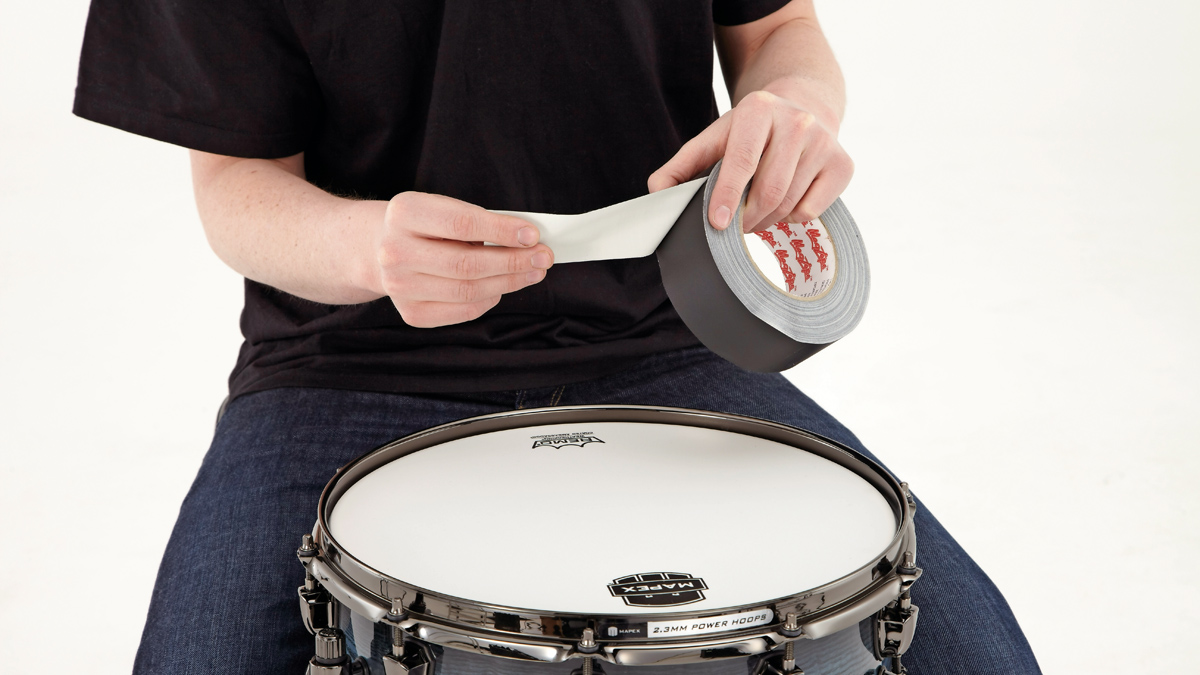
11. Change the tone of your drums
Times have changed since throwing tea towels on your toms was all the rage. There are many products on the market now to help us rein-in unwanted overtones or even control the amount of sustain created from a certain drum.
Popular options include RTOM’s Moon Gel or Remo O-Rings (it's simple to create your own O-Rings by cutting up your old drum heads). And of course, never underestimate the power of a good roll of gaffer tape. Tissue paper can also be folded up tight and taped down to mimic the job of Moon Gel.
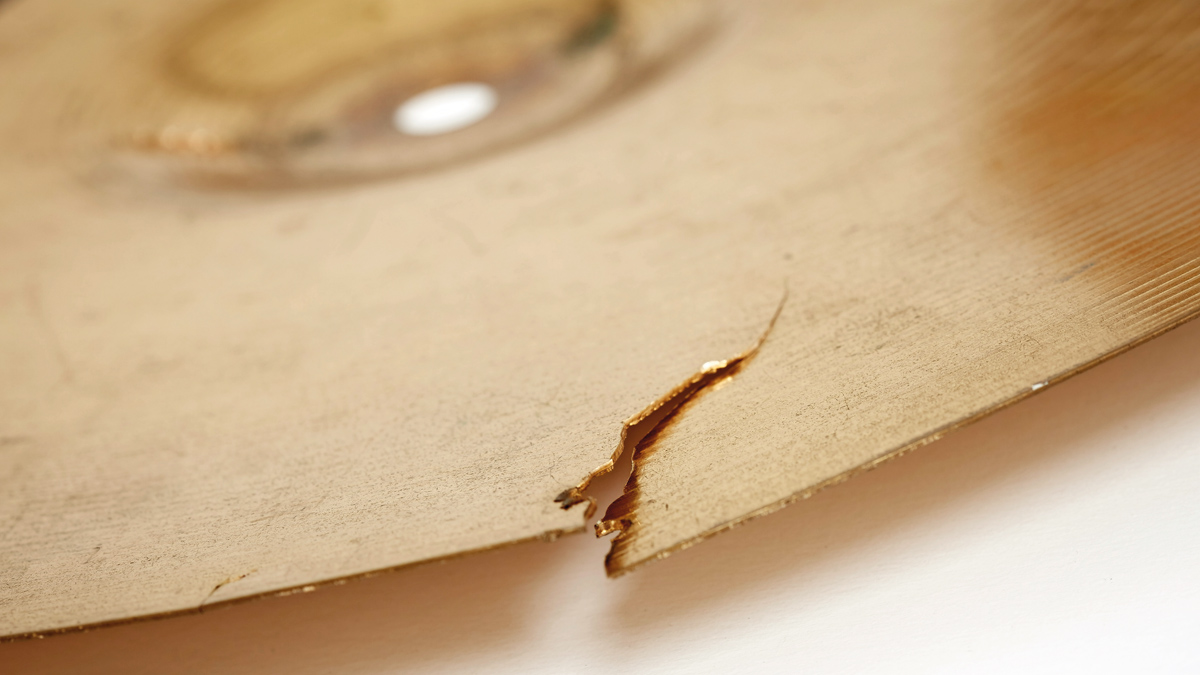
12. Revive old cymbals
Cracked cymbals can be drilled to prevent further damage, and there are companies like Cymbal Magic that can create splash or FX cymbals from beat-up crashes. Or leave those cracked old metals as they are and experiment with them. Due to their trashy nature, broken cymbals lend themselves to creating cymbal stacks. Save yourself money on a new cymbal and test-run a few combinations of your old and new cymbals.
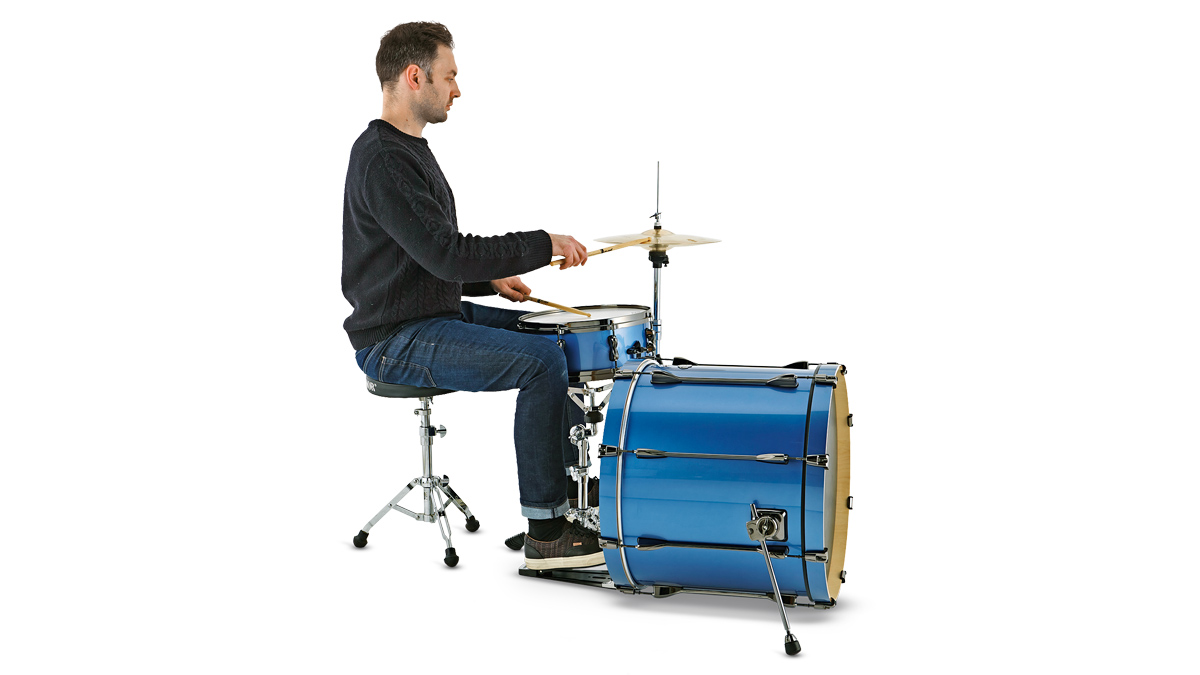
13. Buy a new drum throne
Often overlooked as an important component in your setup, the right throne will make you feel more comfortable at the kit, allowing you to spend more time behind it. Stool height is also incredibly important for posture, as is the height of your drums and cymbals.
Try to ensure you’re not going out of your way to reach any particular part of your kit, too. This can apply especially to crash cymbals, floor toms and hi-hats. For those of you who use a double pedal, experiment with the auxiliary pedal on the ‘outside’ of the hi-hat pedal so that you’re not twisting yourself into unnatural positions to play.
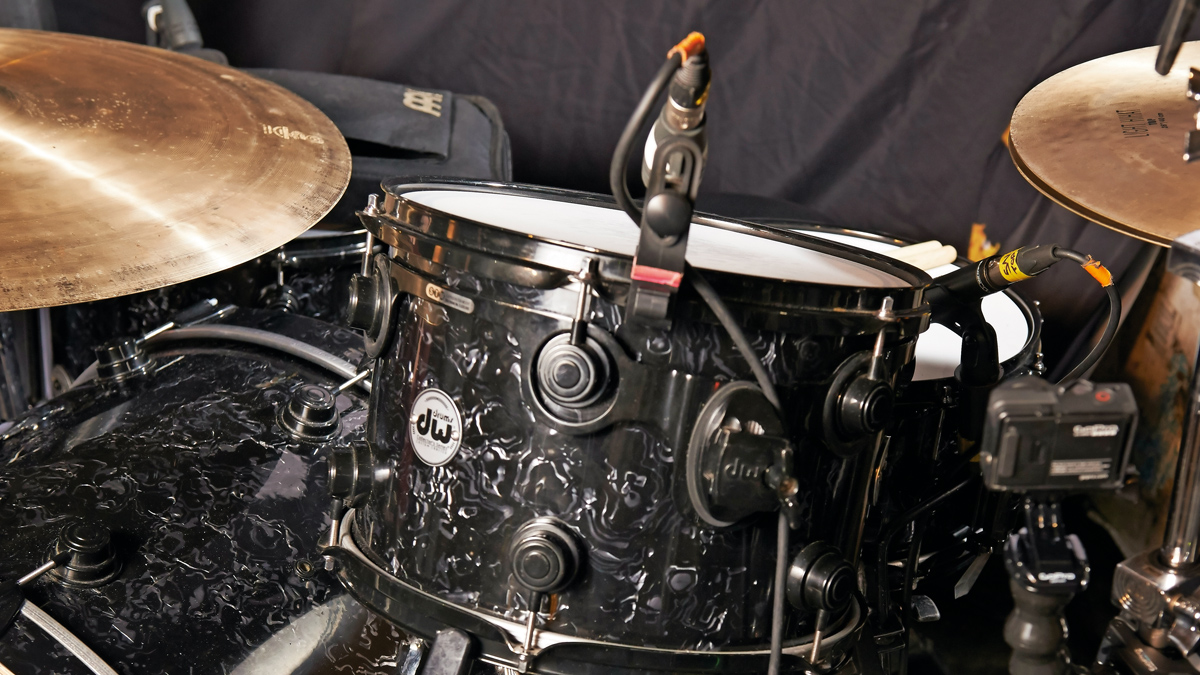
14. Add sustain to your drums
If you have a drilled bass drum with mounted toms, try using a snare stand for your rack tom as an alternative (à la Travis Barker) to give it more resonance. Not only will this get the tom singing, but it will also allow you to position it much lower. For maximum resonance, clamp the edge of the tom hoop within the tips of the snare basket, rather than placing it completely within it.
Floor toms can also benefit from a similar treatment by adding cushioned rubber feet. Products such as Booty Shakers can help to add more sustain.
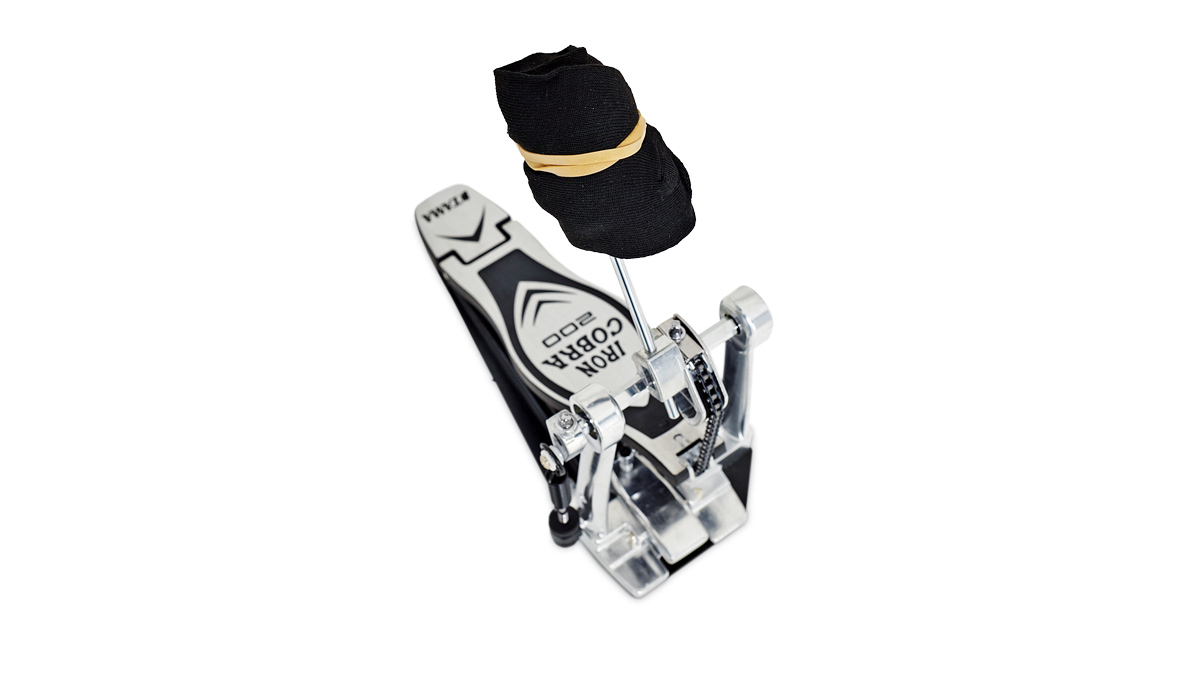
15. Change your bass drum beater
Different material types, shapes and sizes of beater will affect the levels of attack and the pitch your bass drum produces. Felt/wood/vintage bomber styles are all available.
On a budget, try wrapping a sweat band or sock around your beater to replicate the soft sound of a calf skin ‘vintage bomber’. It is also important to ensure that the height of the beater is hitting as close to the centre of the drum as possible. This will give the fattest tone available and feel better under foot.
Two or three-sided beaters are available that will allow you to change your bass drum sound in an instant. This can be particularly useful in a live scenario where you don’t have time to mess around between songs but would like to keep your options open.
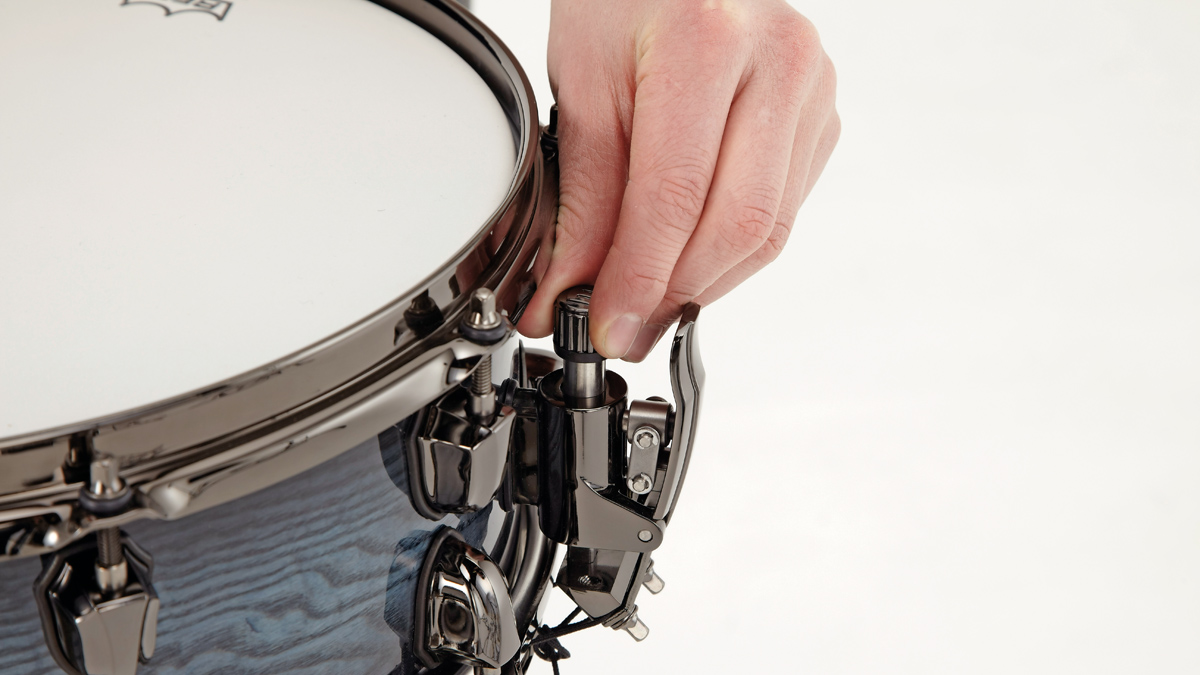
16. Experiment with your snare strainer
The snare strainer determines how tight or loose your snare wires sit against the resonant head of your snare drum. This will not only affect sensitivity and dynamic range, but can also give the effect of changing the pitch of the drum.
It is very important not to ‘choke’ the drum by tightening the strainer too much. Snare wires are also available in various sizes, thicknesses and materials, which can allow you to further tailor the sound of your snare.
Here’s a tip: to replicate the famous Steve Gadd snare sound, tune down the batter head to a low pitch, loosen the snare strainer and slacken off the four tuning pegs nearest the snare wires on the resonant head.
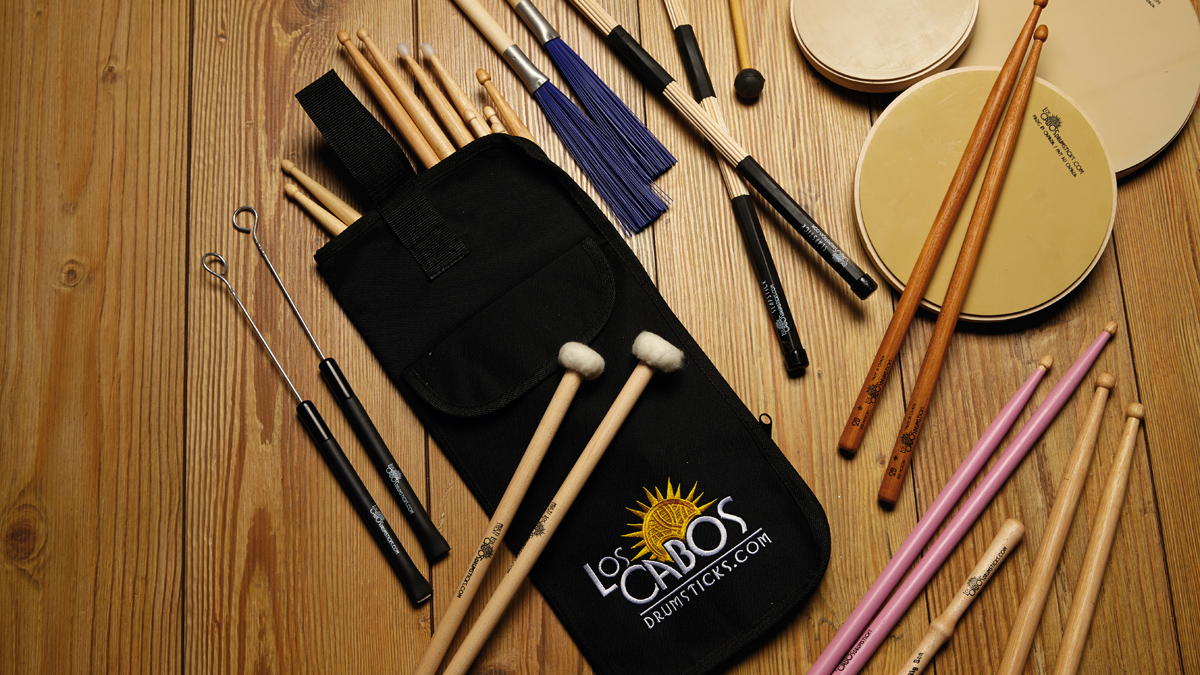
17. Try some different sticks
Stick choice affects not only the feel of the kit but also the tone. Thicker sticks give you a broader sound and a lower pitch. The opposite applies for thinner sticks.
Generally speaking, something like a 5B will work very well for a driving rock style versus, for example, a 7A for a jazzier touch. Nylon-tipped sticks will also give a brighter stick definition, especially on cymbals.
Hold a stick up to your ear and give it a flick with your finger. Now try this with your other stick and see if the pitch is higher or lower. A pair of sticks should be pitch-matched during the manufacturing process but this is not always the case. If you have multiple pairs of sticks, try to match them as closely as you can to each other to ensure continuity in your sound.
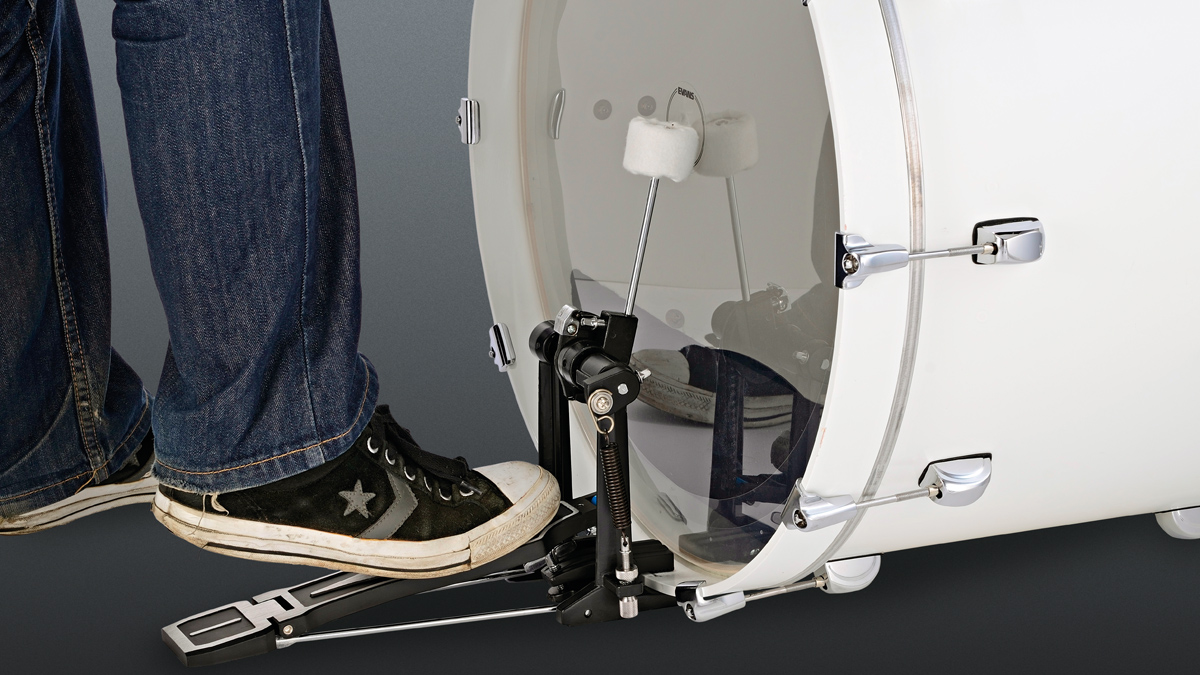
18. Get a new bass drum pedal
It is always important to have the right tools for the job. There are so many different products on the market now that it has become much easier to find a pedal suitable for your playing style. Pedal feel is very important to a drummer, and you should take the time to find a pedal that works for you, or set up your existing pedal as best you can for your preferences.
For players who like speed, you should tighten up your springs and use light beaters. In contrast, less busy players would probably prefer a weighted beater, set to a loose spring setting.
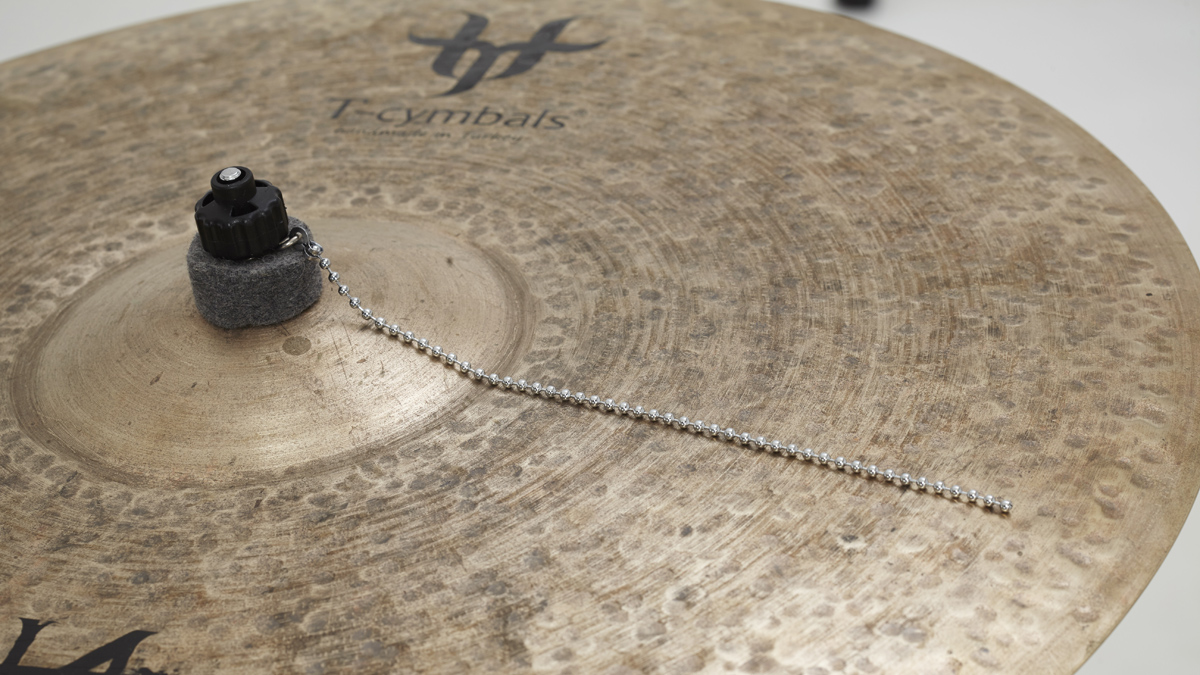
19. Add sizzle to your cymbals
Cymbals can be drilled and riveted for very little cost. This can add a special characteristic to any cymbal and make it sustain beautifully. Alternatively, when lots of rivets are added, the sound becomes very short - this works well for smaller cymbals or trash-stacks. Once again, if you don’t fancy wielding the power tools anywhere near your precious pies then take them to a cymbal smith who will be happy to oblige you for a small fee.
For a less permanent solution, simply use a bath chain or two and hang them over the cymbal. These can be picked up from any hardware store and usually come in different weights and sizes which can help you to achieve different pitches and lengths of decay.
These can come in really handy in the studio for a quick tonal change. They work wonders on crashes for ballads or to jazz up your ride sound.
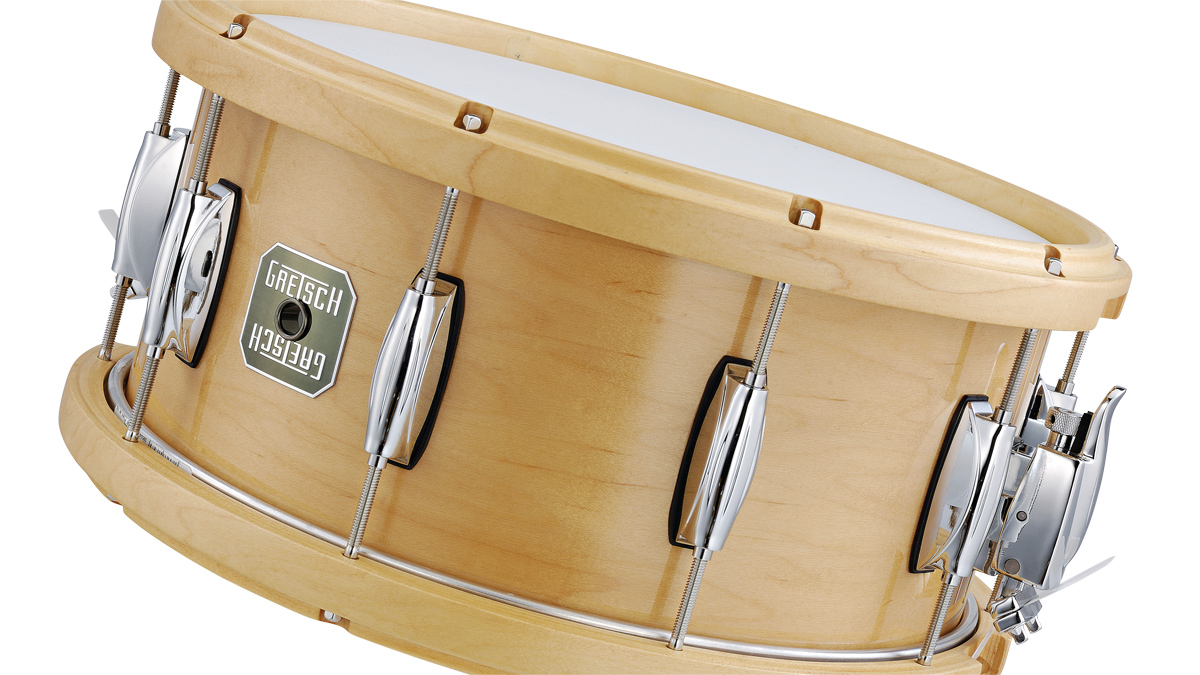
20. Replace your hoops
Changing your hoops can be an easy and relatively inexpensive way to alter the tone of your existing snare or toms. There are a number of different weights, materials and manufacturing processes that produce a range of drum hoops, the most familiar being triple-flanged and die-cast. Not only could the right rims help you find that sound you’ve been searching for, but with a choice of steel, brass, zinc or aluminium, plus various different plating options, they can add an eye-catching aesthetic to your kit.
It is also important to note that old hoops can become warped and may actually need replacing. As with head selection, combinations of top and bottom hoops can be experimented with to achieve different tonalities.

21. Play with other people!
Let’s not forget that, sometimes, all you need to make your kit sound better are a few other musicians. Practising at home or in the studio can only get you so far. Even if you're a more seasoned player, try your hand at a new style. Go to a jam night and play with people that you don’t know. Maybe join a big band? Or try your hand at something with a Latin flavour?
The key is to take yourself out of your comfort zone and constantly push your playing to the next level.
Tom is a professional drummer with a long history of performing live anywhere from local venues to 200,000 capacity festivals. Tom is a private drum tutor, in addition to teaching at the BIMM Institute in Birmingham. He is also a regular feature writer and reviewer for MusicRadar, with a particular passion for all things electronic and hybrid drumming.
